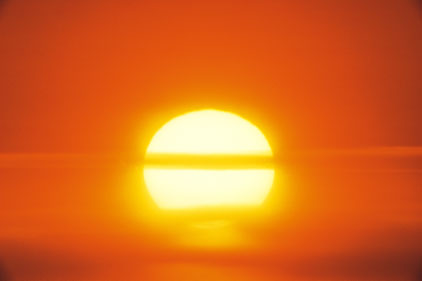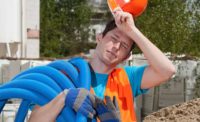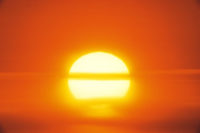 When severe weather strikes, we often turn to meteorologists and weather forecasters for life-saving information. Tina Eller of Atlanta told the New York Times that her local weatherman, Glenn Burns, saved the lives of her and her family in 2011 by issuing an on-air warning to take cover when a tornado was minutes away from ravaging her community.
When severe weather strikes, we often turn to meteorologists and weather forecasters for life-saving information. Tina Eller of Atlanta told the New York Times that her local weatherman, Glenn Burns, saved the lives of her and her family in 2011 by issuing an on-air warning to take cover when a tornado was minutes away from ravaging her community.
Ms. Eller huddled with her family, including her mother, sisters and two dogs, in a small closet. When they emerged, everything in the house except for the closet was wrecked. “It was that warning that got us into the closet on time,” she said. “I never would have lived through it.”
As our nation continues to experience the effects of severe weather and climate change, weather forecasters and meteorologists are becoming an even more critical source of information when it comes to knowing when all types of severe weather will strike, and helping us prepare for it.
That’s why the Department of Labor is enlisting the help of meteorologists and forecasters in our efforts to educate the public about the dangers of extreme heat.
On average, heat waves kill more people each year than any other extreme weather event in the U.S., and heat represents a hazard not just for the elderly and young children, but for athletes, military members and workers. People working in outdoor industries like agriculture, construction and transportation are particularly susceptible to heat-related illnesses and fatalities. Over the past 10 years, nearly 400 workers died and more than 25,000 became sick due to heat exposure. In 2012 alone, there were 31 heat-related worker deaths and 4,120 heat-related worker illnesses.
Through its Campaign to Prevent Heat Illness in Outdoor Workers, our Occupational Safety and Health Administration aims to...Click here to read the rest of the article.



